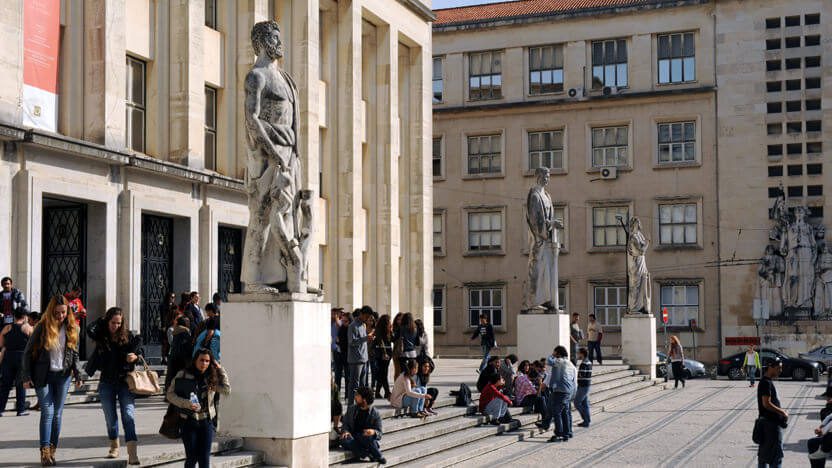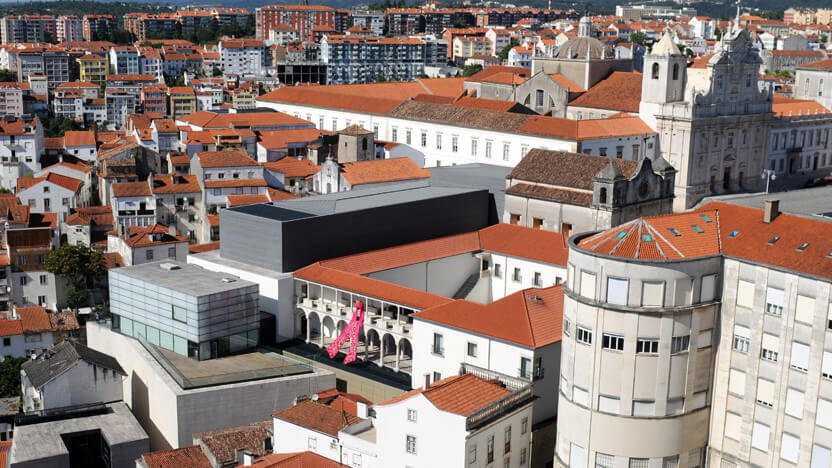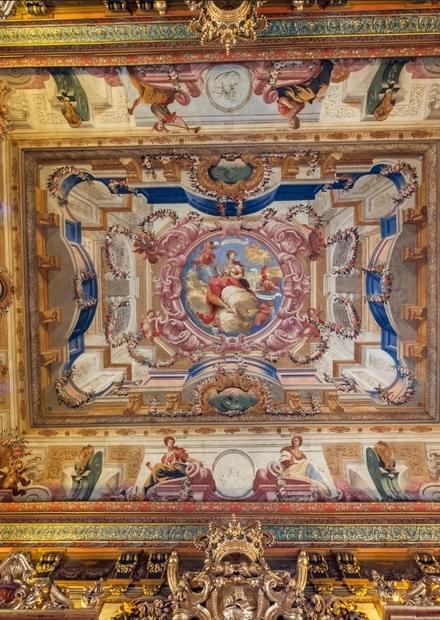A living proof of what Portugal best has to offer in the fields of science, arts, technique and culture, University of Coimbra shows seven centuries of the History of Portugal. If you are visiting Coimbra, you should see the richness of the buildings that make up its space and also its ancient academic tradition and the incomparable dynamism of the institution in the constant search for perfection to make this the most reputed University City in the country and one of the main tourism destinations in Portugal.
Establishment
The first university in Portugal and one of the first and most characteristic in Europe was established in 1290 by King D. Dinis after Nicholas IV’s Papal bull. The university, which was then known as “General Study”, was first established in Lisbon, but it was moved to Coimbra in 1308 and, after many changes between the two cities, it permanently settled near the Mondego River in 1537, at a palace granted by King John III.
A Visit to the Upper University
Although it just hosts a part of all buildings that belong to the current Coimbra University, the Upper University is a great starting point for those who wish to visit this institution. Every year, about 200 000 tourists from all over the world visit this heterogeneous architectural assemble in which the impressive Estado Novo buildings and the Paço das Escolas or University Patio stand out. Paço das Escolas reunites some of the most charismatic buildings in the city including the Joanine Library, the Saint Michael’s Chapel, the University Tower, Via Latina, the old Saint Peter College and the Porta Férrea.
Coimbra University Tower
Paço das Escolas is dominated by one of the most symbolic structures in Coimbra, its 17th century tower which holds the clock and bells that regulate academic life. It was built in 1537 when the university, which was about to be established at King John III’s palace, insisted that “there could be no order without a clock”. Thus, the proverbial goat was deemed responsible for the start of study hours in every eve before school days. According to the old praxe (academic tradition), a student who is on the first year of university cannot be on the street after the bell tolls.
Modern Coimbra University
However, knowledge is not only made of History and tradition and, beyond the Upper University, the institution expands further into several areas within the city. It includes an Interdisciplinary Research Institute, entrepreneurship encouragement structures as well as connections with the business world, a university stadium, student support structures (residence halls, university restaurants, bars, study rooms, gathering centres) and the largest academy in the country.
If you are going to visit the University, you should see:
The General Library which is divided into two buildings: the new building at Largo da Porta Férrea and the Joanine Library;
The Coimbra University Botanical Garden created in 1772 and included into the Natural History Museum created during the university reform carried out by the Marquis of Pombal which received the title of Public Interest Building in 1996. The garden area, which was progressively increased, now occupies around 13.5 hectares;
The Academic Museum, sponsored by the University, is responsible for reuniting, preserving and spread the values of the academic community regarding its traditions and History;
The Science Museum, an interactive space in which the goal is to introduce science to audiences of all ages through collections of scientific tools belonging to Coimbra University and several experiences and activities which make the visitor participate in them;
The Gil Vicente Academic Theatre, inaugurated in 1961 which strongly supports artistic creation and is an essential cultural reference in the city of Coimbra and its surrounding areas.








